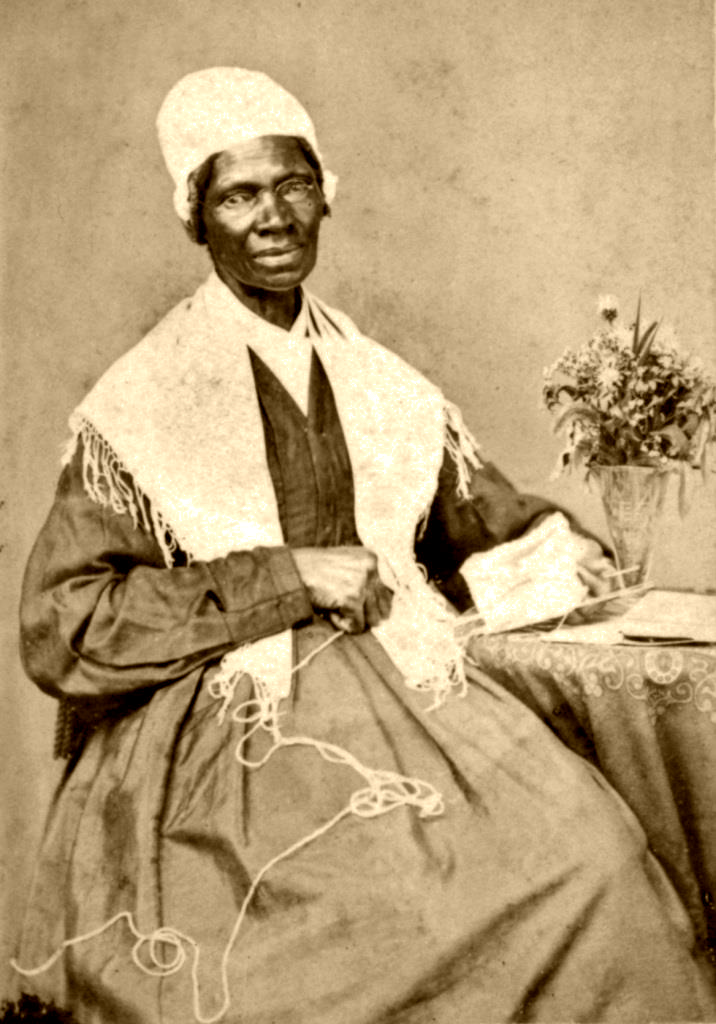
Sojourner Truth was an abolitionist and women’s rights activist born into slavery, originally named Isabella Baumfree. At eleven years old, after the death of her original owner and then his son, she was separated from her family, and sold at an auction with a flock of sheep for $100. Sold two more times in the next two years, she learned to speak English for the first time.
The abolition of slavery began in 1799, with Emancipation finalized on July 4, 1827. Sojourner Truth’s owner at that time, knowing the end of legal slavery was coming, had promised Truth her freedom a year before, “if she would do well and be faithful.” When the time came, he reneged on his promise. Truth, forced to leave her older children behind, escaped with her infant daughter, explaining that “I did not run off, for I thought that wicked, but I walked off, believing that to be all right.”
Shortly after her escape, Truth learned that her five year old son had been illegally sold. She took the issue to court and, after several months of litigation, won her cause and the return of her son — one of the first times a black woman successfully challenged a white man in a United States court.
In 1843 she took the name “Sojourner Truth,” believing herself called to do so by the Holy Spirit. She became a Methodist and a traveling preacher to honor her new name. It was during this time that she also became involved in women’s rights and began giving speeches on woman’s suffrage. In a biography of Truth from Appletons Encyclopedia 1887, it is said that, “She could neither read nor write, but, being nearly six feet in height and possessing a deep and powerful voice, she proved an effective lecturer.” Her book, The Narrative of Sojourner Truth: A Northern Slave, was published in 1850.
Truth is best known for her speech on racial inequality, “Ain’t I a Woman?,” delivered at the Ohio Women’s Rights Convention in 1851, in which she said, “If the first woman God ever made was strong enough to turn the world upside down all alone, these women together ought to be able to turn it back, and get it right side up again!”